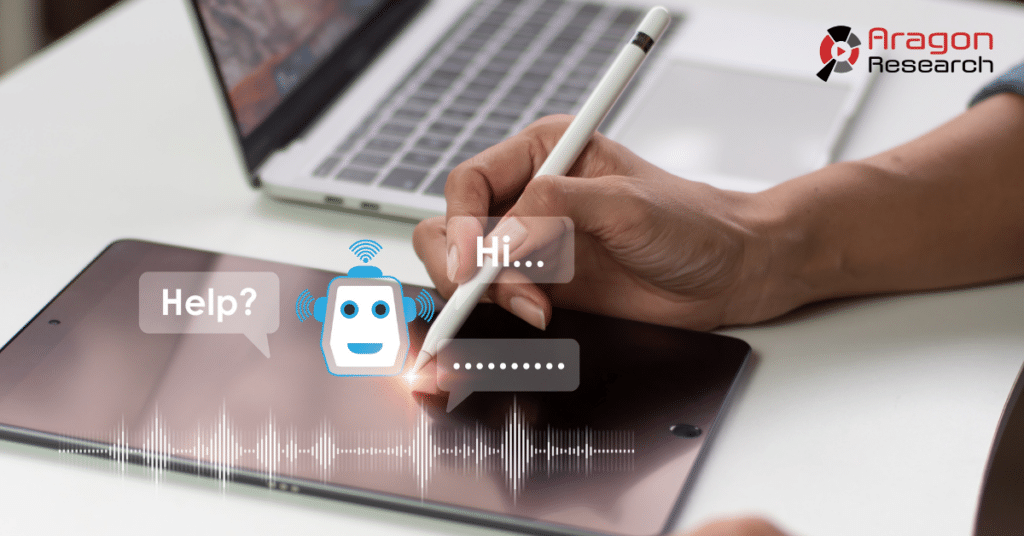What is Digital Labor?
Digital labor, in the age of AI, extends beyond traditional human efforts to encompass a complex synergy between human ingenuity and machine capabilities. As we navigate this transformative journey, it’s crucial to understand what digital labor truly entails and how it is reshaping the world of work.
Digital labor encompasses a spectrum of activities that span from the routine to the highly complex, all taking place within the digital realm. From algorithmic data processing and machine learning tasks to intricate programming and creative content generation, the scope of digital labor is vast and diverse.
In essence, it represents the amalgamation of human skills and machine capabilities, working in tandem to drive efficiency and innovation across various industries.
Related: Ten Digital Labor Management Best Practices
One of the significant facets of digital labor in the age of AI is the rise of automation. AI-powered systems are increasingly handling repetitive and rule-based tasks, liberating human workers to focus on more strategic and creative aspects of their roles.
This shift not only enhances productivity but also necessitates a reevaluation of the skills required in the modern workforce. Adaptability, creativity, and a deep understanding of AI technologies become invaluable assets in this new era.
However, the rise of digital labor and AI also raises pertinent questions about the future of employment. As machines become more adept at handling tasks traditionally performed by humans, concerns about job displacement and the need for upskilling become more pronounced.
It’s essential for individuals, businesses, and policymakers to collaborate in fostering a supportive ecosystem that encourages continuous learning and the development of skills that complement AI technologies.
Related: Five Trends in Digital Labor, 2023
What are the Benefits of Digital Labor?
The benefits are evident in various sectors. In healthcare, AI-powered diagnostic tools can analyze vast datasets to identify patterns and provide insights that aid in disease detection and treatment planning.
In manufacturing, smart factories leverage it to optimize production processes, reducing costs and enhancing overall efficiency. The integration of AI into customer service has led to chatbots and virtual assistants that provide instant, personalized support, enhancing user experiences.
While AI and digital labor offer immense opportunities, ethical considerations and responsible implementation are crucial. Issues related to privacy, bias in algorithms, and the social impact of job displacement require careful attention. Striking a balance between harnessing the potential of AI and ensuring its responsible deployment is essential for a sustainable and equitable future.
Bottom Line
Digital labor in the age of AI is a transformative force reshaping the nature of work and the skills required for success.
Embracing this evolution entails not only adopting cutting-edge technologies but also cultivating a mindset of continuous learning and adaptation. By navigating this landscape thoughtfully, we can unlock the full potential of digital labor, fostering a future where humans and machines collaborate synergistically for the betterment of society.
2024 is the Year of Virtual Agents for the Contact Center!
Thursday, February 15, 2024 at 10 AM PT | 1 PM ET
Contact Center 2024 – Why You Need AI Virtual Agents
2024 marks the year of Virtual Agents for Contact Centers. Building them has become easier than ever, addressing a significant challenge – handling repetitive queries.
Join us in this insightful webinar where Aragon CEO and Lead Analyst, Jim Lundy, delves into the importance of virtual agents, their capabilities, and guides you on selecting a provider for building them.
Key topics for discussion include:
- Key trends fueling the surge of AI-based Virtual Agents in Contact Centers.
- The essential functions of virtual agents within a contact center.
- What are some of the key selection criteria in selecting providers and the tools that they offer?
